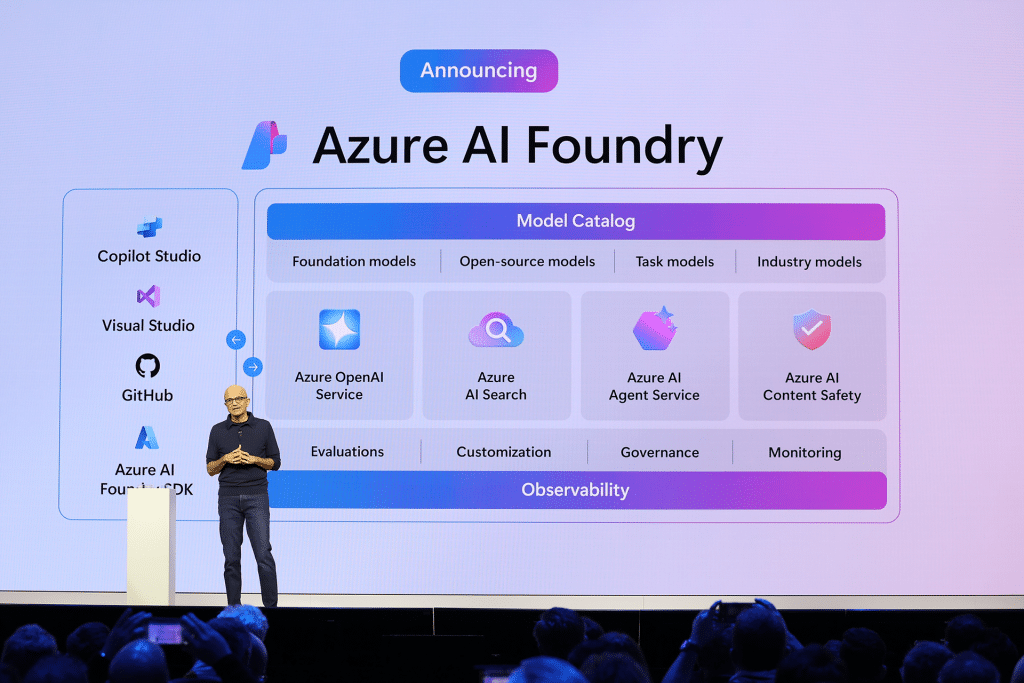How Does EdTech Support Blended and Flipped Learning?

The past 8 months has seen education dramatically transform due to COVID-19. This has meant that many schools and universities have transitioned from an in-person and more traditional approach to learning completely online. While this disruption has caused significant challenges across the industry, it has also accelerated the adoption of technology and demonstrates the crucial role that technology plays in supporting blended and flipped learning.
As we move forward into a more digitally enabled world it is important that the methods used, specifically blended and flipped learning, are supported by technology, especially as we move back into in face-to-face teaching. Without these crucial developments in educational technology both students and the industry risks falling behind.
So technology has great potential of enhancing education, specifically, blended and flipped learning but what does this mean?
Blended Learning
A style of education where students learn through online educational platforms and through traditional, in classroom methods.
Flipped Learning
Is a pedagogical approach where students are responsible for their own learning and development instead of the teacher. For example, a student will be provided various materials and tasks which is theirs to prioritise and complete by themselves. This approach to learning reverses teaching from being teacher focused to student focused and encourages them to explore other information independently outside of the classroom.
Combined, these two approaches of engaging with education allows for a more fluid and varied approach. It is these capabilities that heightens the standard of education that students receive.
This is in comparison to more traditional methods which take place in a physical location and is teacher-focused. In these environments all students learn at the pace set by the teacher, assessments are hand-marked and independent study is not actively encouraged. It is in this environment that teachers may struggle to cater to every student’s needs and students both ahead and behind of the overall class are restricted from reaching their true potential.
How EdTech can help support flipped and blended learning
The capabilities of EdTech and independent study through the internet are endless. It is these possibilities that provides students who may struggle in a traditional classroom setting, the opportunity to thrive in a student led environment where they are able to take charge of their learning and discover a variety of content on the internet.
A review by Dundee University identified that “Blended and online learning were shown to have positive effects on performance when compared to traditional classroom teaching at both primary and secondary schools.” Furthermore, “72% of studies found that some form of digital technology performed better than traditional instruction.”
But that’s not all, technology can support and enhance blended and flipped learning in a variety of other ways too.
Blended learning as a personalised experience
As students are given responsibility to work through the curriculum at their own pace, they are able to revisit the topics they are struggling with or unsure of in order to gain a solid understanding of the topic. Students are also encouraged to continue learning about the topics that interest them through independent research.
The ability for students to work at their own pace also makes this experience more accessible as are able to change the settings that works for them such as enabling subtitles on the screen if they are a visual learner, or listen to a video on a walk if they are auditory learners.
Measure progress automatically
On a digital platform tests results are automated. This means that their development and progress can be analysed, summarised and sent to the teacher, meaning they no longer have to mark each question and record the information by hand.
Give teachers back time
With some of the tasks teachers have to complete being automated, this gives teachers back time to focus on more important matters such as finding materials to help students contextualise and understand key concepts better or provide more detailed feedback.
Enhance the value of face to face interactions
Since students are able to learn and complete tasks outside of the classroom, teachers are able to spend time with the students who need extra support and help them catch up with the rest of the class.
Save money and save the environment
Now that everything is accessible through a digital platform there is no need to buy and store physical books or make photocopies. This results in less money spent on supplies and less paper used, saving time and the environment.
Throughout the pandemic there has been a large focus on the use of EdTech at home. However, as we transition back into schools and lecture theatres we now have the opportunity to extend the use of EdTech into the classroom and encourage learning outside of it. By incorporating EdTech into the classroom, teachers would be able to have an even greater impact on their students and students may be more engaged with their education as they are encouraged to further explore the topics that interest them.
If you would like to find out how your students and teachers could benefit from a more tech enabled IT system, check out our webinar on The Future of EdTech or start a conversation with us today.
Get access to our monthly
roundup of news and insights
You can unsubscribe from these communications at any time. For more information on how to unsubscribe, our privacy practices, and how we are committed to protecting and respecting your privacy, please review our Privacy Policy.
See our Latest Insights
The platform for advanced AI apps in 2025
The recent announcements at Microsoft Ignite 2024, particularly the introduction of Microsoft Fabric’s SQL Database and Azure AI Foundry, present significant advancements that align seamlessly with our mission to deliver cutting-edge generative AI implementations for our clients. Enhancing Generative AI Implementations with Microsoft Fabric’s SQL Database The SQL Database in Microsoft Fabric is engineered to…
Customising Microsoft Copilot: Exploring Options for Tailored AI Assistance
If you’ve been following AI developments in 2024, Microsoft Copilot is a tool you’re likely already familiar with. Aimed at improving workplace productivity, streamlining decision-making, and optimising business processes, Copilot is being used by tens of thousands of people at an impressive 40% of Fortune 100 companies.1 While it’s still too early to tell what…
Evaluating AI Tools Using a Task-Based Framework to Optimise Productivity
We’ve all heard about how AI can improve productivity, boost work quality, and open doors to new business opportunities. But the reality is that these kinds of successful results rely on considerable preparation and careful implementation. According to recent surveys, 63% of respondents in successful businesses say that the implementation of generative AI is a…
Legacy systems are costing your business growth.
Get your free guide to adopting cloud software to drive business growth.




